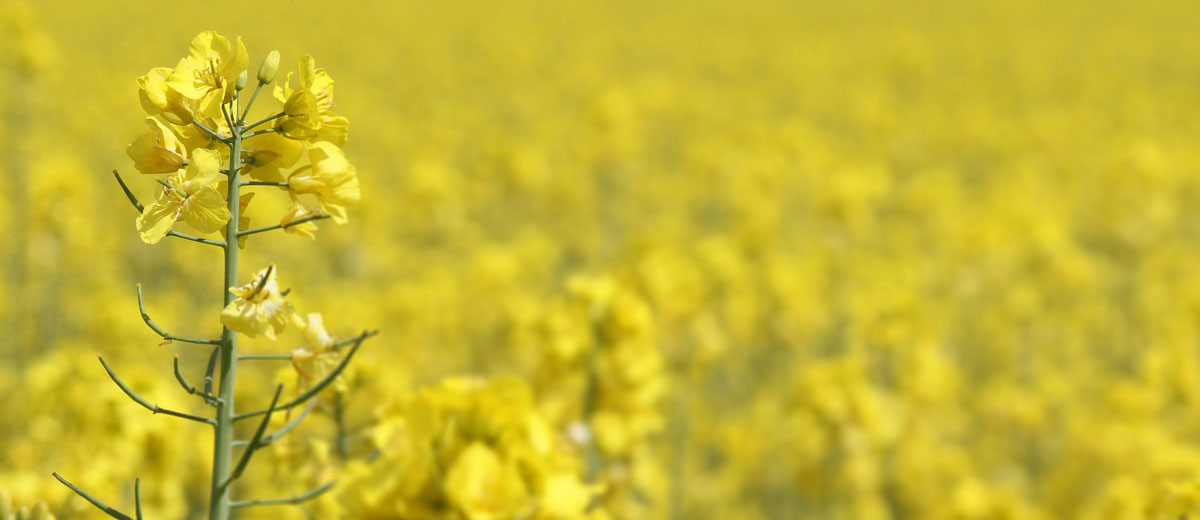Managing plant disease is a complex issue that takes planning and consideration in order to stay on top of it year after year.
Checking fields is a critical piece of the puzzle and one that must happen on a regular basis. Early in the season we start monitoring our seedlings to ensure that they stay healthy and clean. The scouting will continue throughout the season until just before harvest; however, to monitor for two diseases that have the potential for high yield loss, we need to keep scouting and be able to differentiate between the two. Both Blackleg and Clubroot can cause economic losses in canola if left un-monitored. To check for these plant diseases, look at the field as a whole, looking for patches of pre-mature ripening or lodging in low areas and near the field entrance. This will give an indication that something is wrong and where to start looking.

The easiest way to identify Blackleg is later in the season, around the time of swathing, although you can watch cotyledons earlier for leaf lesions. You will want to sample 20 plants in five spots throughout a “W” pattern in the field for a total of 100 plants. To check for Blackleg, pull up each plant and clip the bottom of each stem at ground level. If the plant is infected with Blackleg, you will see black or brown within the cross-section of the stem. Rate each stem on a zero to five scale based on the severity of damage that you find. The scale with a visual guide can be found at https://www.saskcanola.com/ quadrant/media/files/resource/ pdfs/BLACKLEG-SP-Brochure.pdf.
Once the plants have been rated, add up each of the numbers and divide that by the number of plants with symptoms. If your average rating is a 1.5 or higher, it’s a good sign that Blackleg resistance in that variety is no longer effective on races found in that field. Sometimes, you may also be able to see visual symptoms on the plants as lesions can occur on stems and leaves and will be dotted with pycnidia, which look like pepper sprinkled throughout the lesion. Blackleg can infect susceptible varieties of canola anytime throughout the plants’ lifecycle. Some management options for Blackleg include keeping a longer cropping rotation and rotating varieties when you do grow canola.

While pulling plants to clip the stems for Blackleg, don’t forget about examining the roots for Clubroot galls. If Clubroot is present at low levels, the galls will start forming on the lateral roots. If the Clubroot disease is at higher levels, galls will form on the taproot, inhibiting the plants ability to uptake nutrients and water. In most cases, Clubroot is first identified at the field entrance as the pathogen moves any way that soil does- including on equipment. Pull 20-30 plants in a “U” shaped area at the field entrance and check the roots. The lower areas of the field are often wetter and the conditions may be more conducive for disease development. Another way to monitor for Clubroot is by taking a DNA-based soil test and sending it to a lab for analysis. Clubroot is easier to manage when we find the pathogen at low levels through a soil test. You can manage it by crop rotation, Clubroot resistant varieties and using preventative actions. If visual symptoms of Clubroot are found, producers can work with a professional agrologist to create a Clubroot Management Plan.
For the latest information and for more updates like this, ‘Like’ the Kindersley Social Facebook page below…
